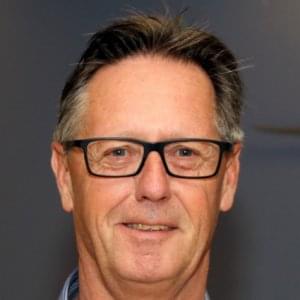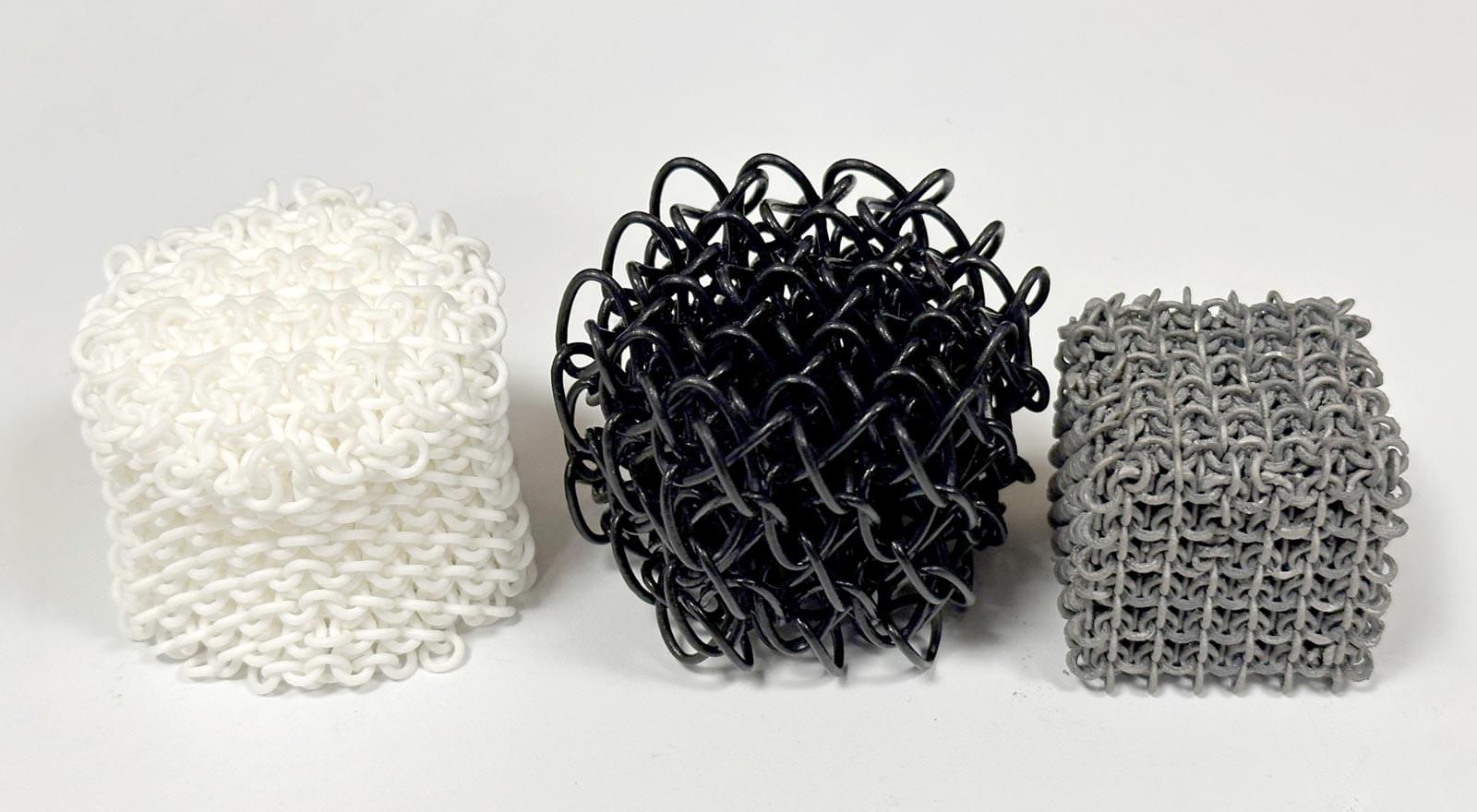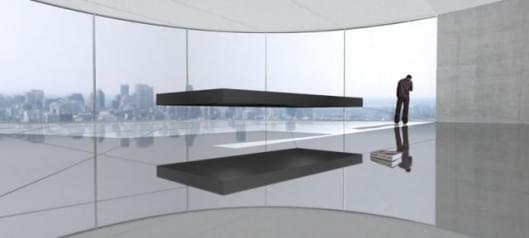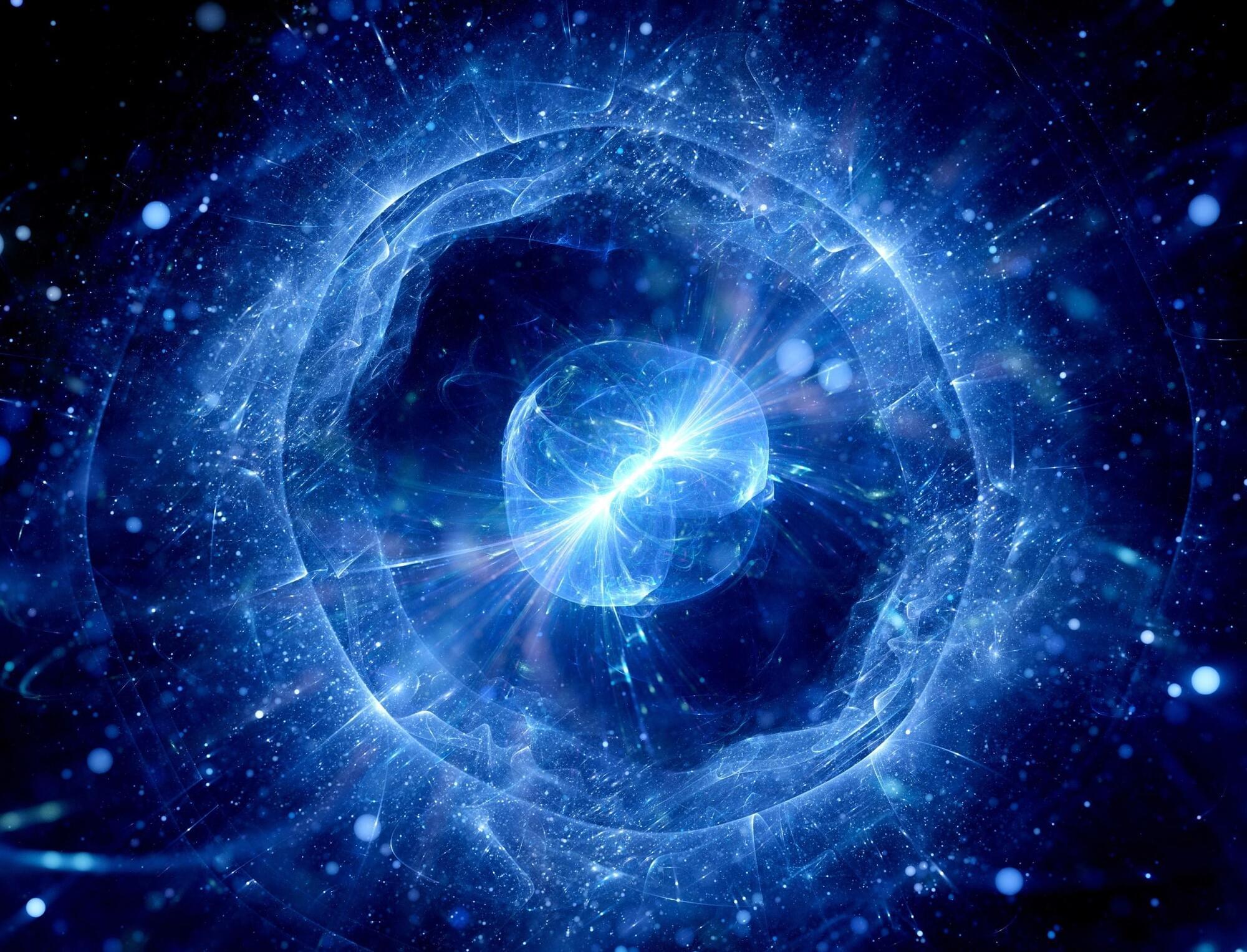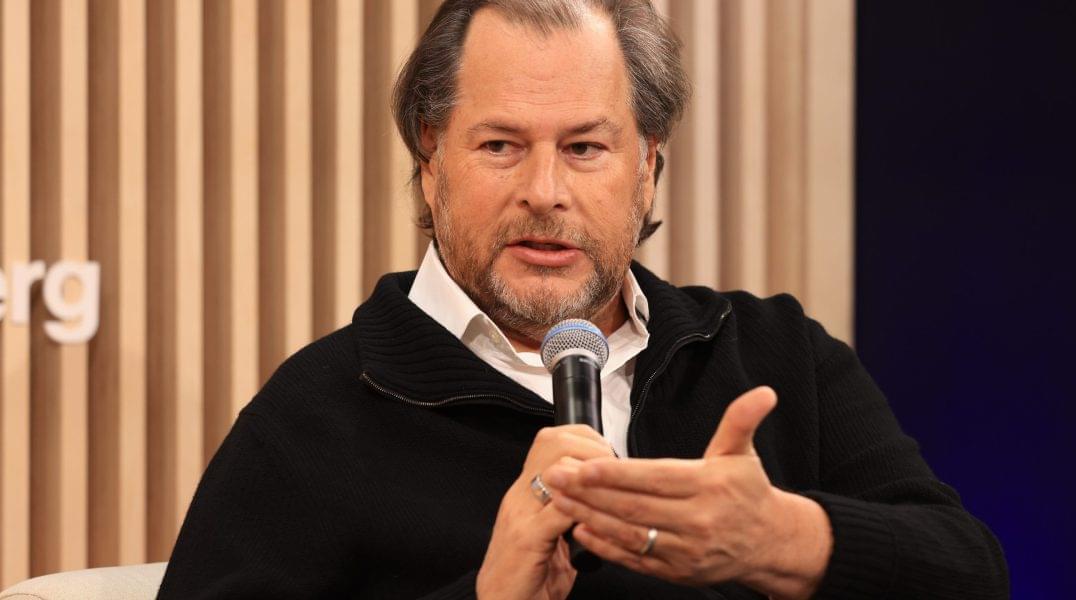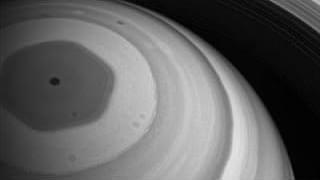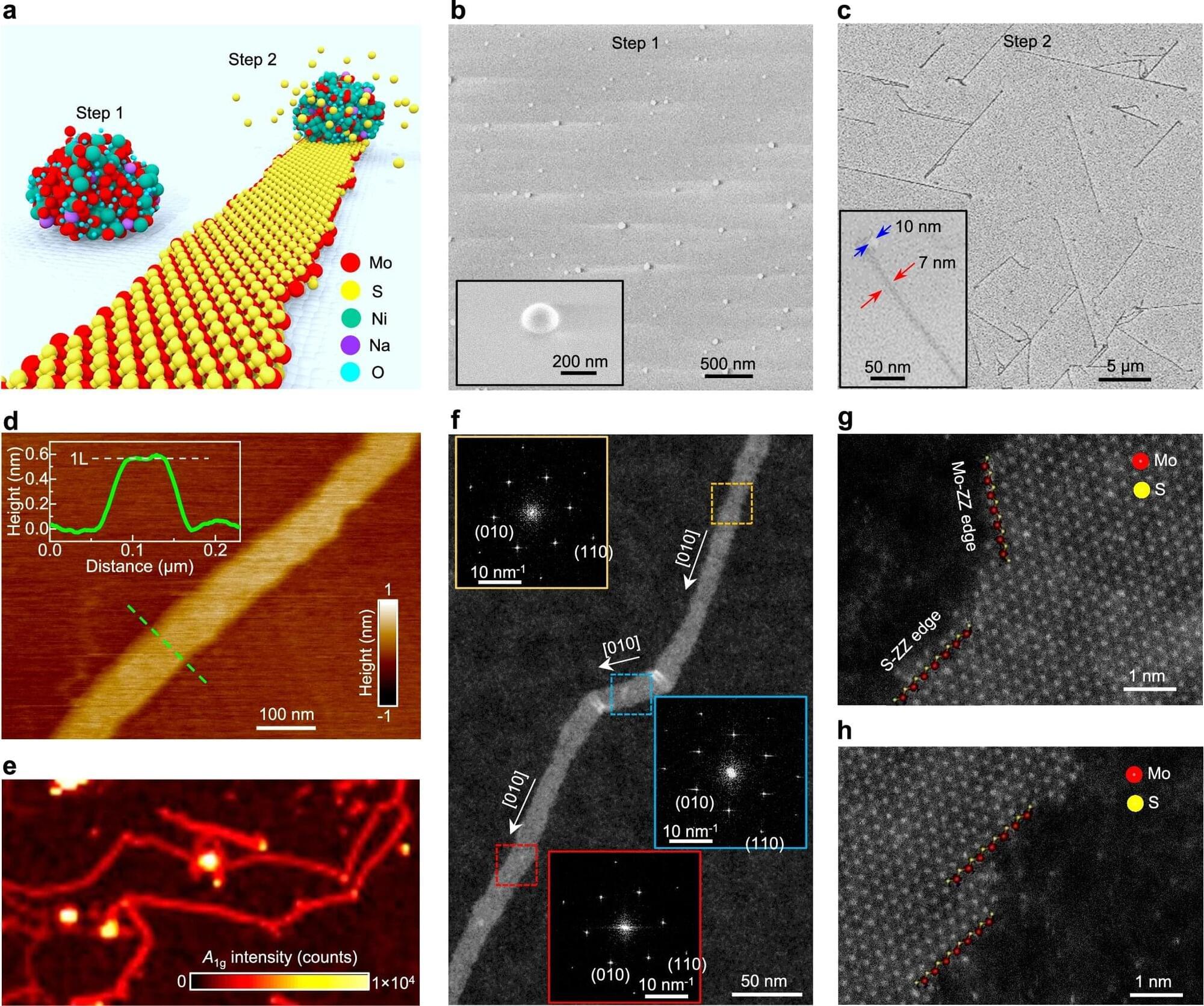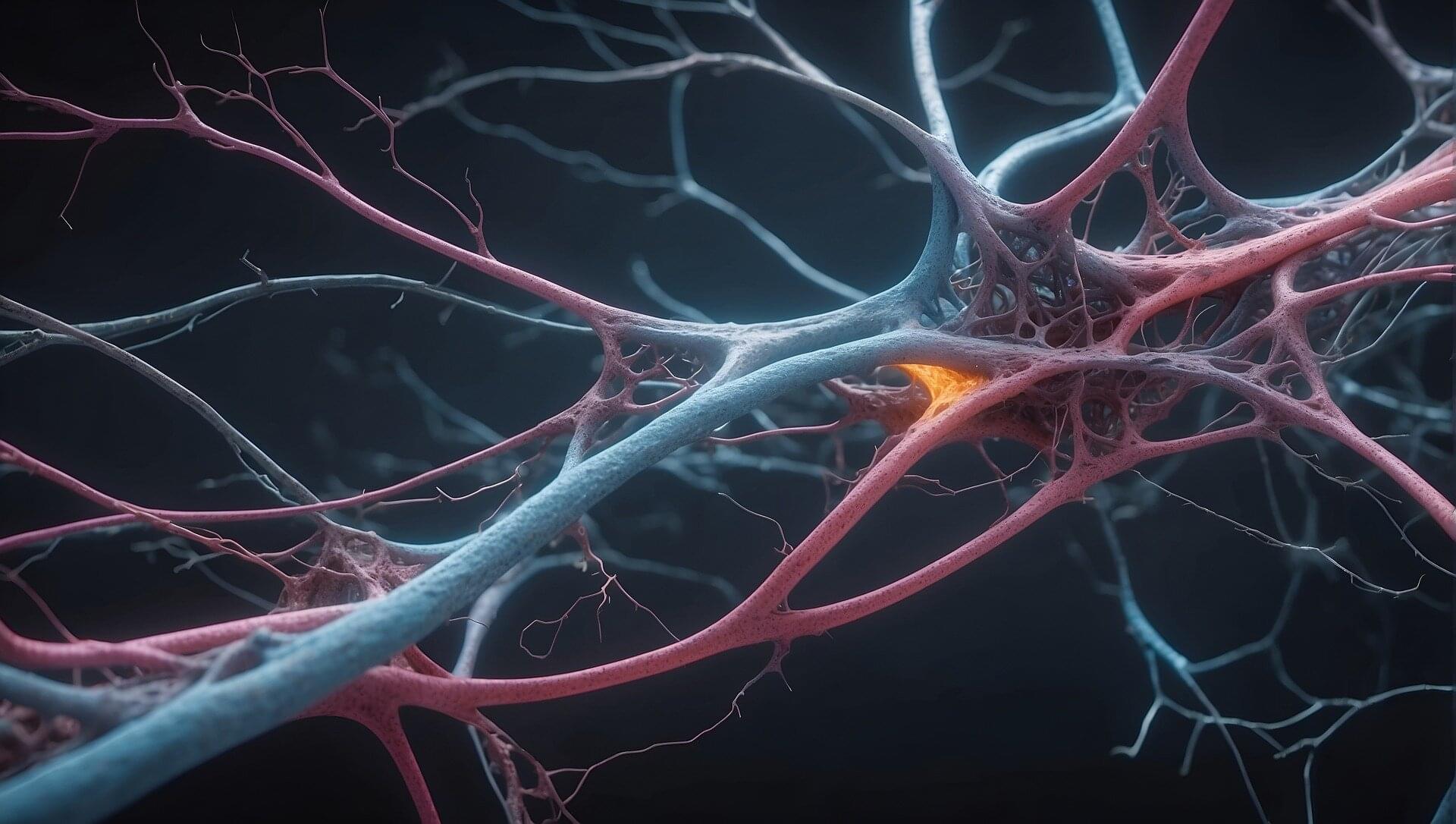Grants are for two years, in order to enable the grantees to submit a regular application to the next competition in their area of research. It is implemented within the framework of the regular BSF research grants program, i.e., it must exhibit scientific excellence, have a strong element of cooperation between Israeli and American scientists, and fall within the areas of research supported in that year by the BSF. In addition, at least one of the principal investigators should have attained his/her Ph.D., M.D. degree or equivalent, no more than ten years prior to submitting his/her proposal.
About: The Start-Up Grant Program is meant to help newly appointed researchers who are beginning their independent research careers and may not yet have initial results to substantiate their application
Posted in futurism | Leave a Comment on About: The Start-Up Grant Program is meant to help newly appointed researchers who are beginning their independent research careers and may not yet have initial results to substantiate their application
